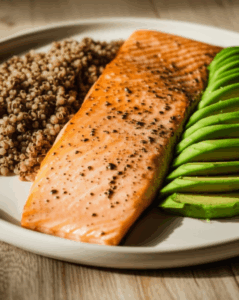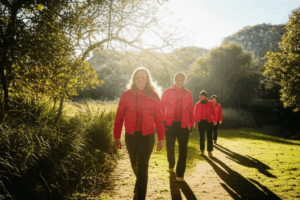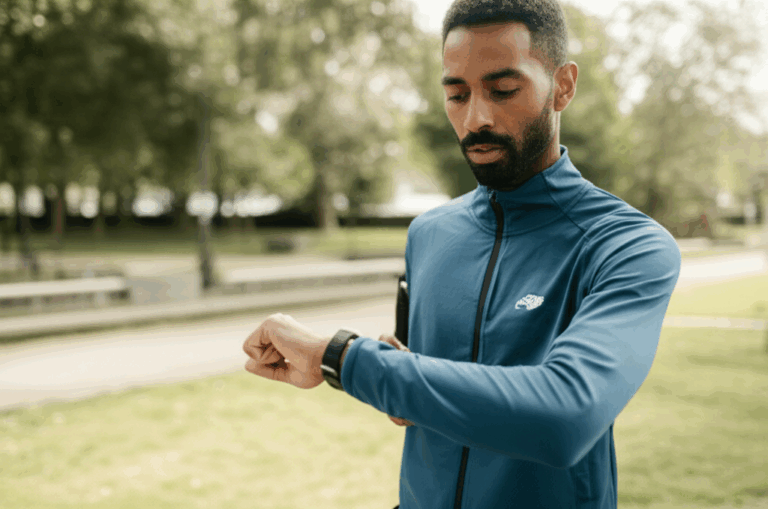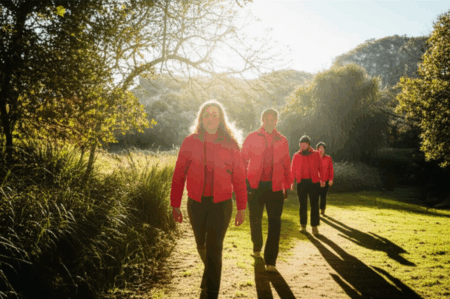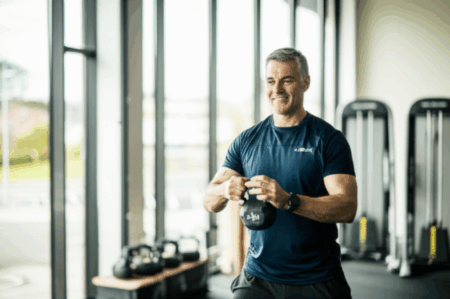The weather can often feel like an unpredictable foe to your fitness ambitions, dictating whether your workout happens indoors or out, and even influencing your energy levels. However, by understanding how different conditions impact your body and adopting a proactive approach, the forecast can become your ultimate fitness planning tool, not a deterrent. Don’t let a sunny day lull you into a false sense of security or a rainy forecast completely derail your motivation; strategic planning can transform any weather into an opportunity for a great workout.
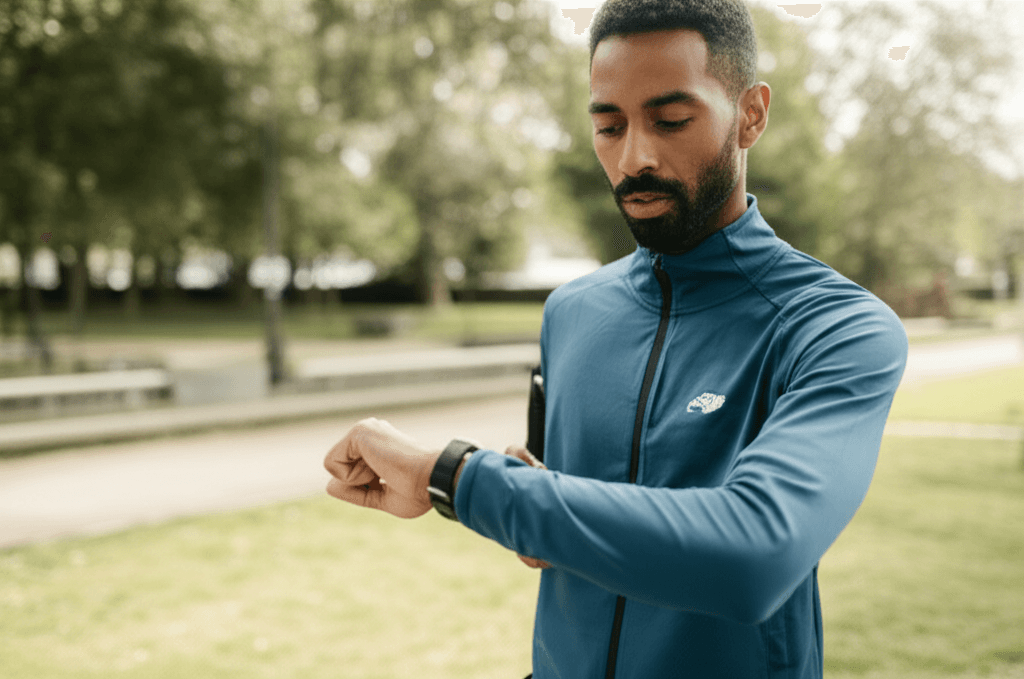
Understanding Weather’s Impact on Exercise
Different weather conditions pose unique challenges and opportunities for physical activity. Knowing these can help you adapt effectively.
Heat and Humidity: Staying Safe in the Sizzle
Exercising in hot and humid conditions significantly stresses the body. High temperatures increase your core body temperature, and humidity prevents sweat from evaporating quickly, hindering your body’s natural cooling process. This forces your heart to work harder to pump blood to the skin for cooling, potentially leading to faster fatigue.
- Risks: Dehydration, heat cramps, heat exhaustion, and heatstroke are serious concerns.
- Adaptation Strategies:
- Timing is Key: Schedule workouts for cooler parts of the day, such as early morning or late evening, to avoid the midday sun, typically between noon and 3 p.m.
- Hydrate Relentlessly: Drink water before, during, and after physical activity, even if you don’t feel thirsty. For intense or prolonged workouts, consider sports drinks to replenish electrolytes.
- Dress Smart: Wear lightweight, light-colored, loose-fitting clothes made of moisture-wicking fabric. Protect yourself from the sun with a hat, sunglasses, and sweat-resistant sunscreen.
- Listen to Your Body: Take frequent breaks in the shade and allow your body to adapt to the heat, which can take 4-14 days. Reduce intensity and duration if needed.
- Indoor Alternatives: If conditions are too extreme, consider moving your workout indoors to a gym, mall, or community center.
Cold Weather Challenges: Embracing the Chill
While cold weather might seem less dangerous than extreme heat, it presents its own set of considerations. Your body works harder to maintain its internal temperature, which can burn more calories but also lead to faster fatigue.
- Risks: Hypothermia and frostbite are primary concerns, especially with extreme wind chill or if you get wet. Cold muscles, tendons, and ligaments are also more susceptible to injury.
- Adaptation Strategies:
- Check Wind Chill: Always check the wind chill factor before heading out, as wind can make it feel much colder and penetrate clothing, removing insulating layers. Frostbite risk increases significantly at very low wind chill levels.
- Layer Up Strategically: Dress in layers of synthetic material (like polypropylene) to wick away sweat, followed by fleece or wool for insulation, and a waterproof, breathable outer layer. Avoid cotton, which stays wet.
- Protect Extremities: Wear a hat or headband to protect your ears, gloves or mittens (with liners) for your hands, and choose shoes a half to one size larger to accommodate thick thermal socks. A scarf or ski mask can protect your face in very cold conditions.
- Warm-Up Thoroughly: Dedicate more time to dynamic warm-up exercises to get blood pumping and reduce injury risk in stiff muscles.
- Stay Hydrated: Dehydration can occur more quickly in cold weather because your body uses more energy to maintain its internal temperature, even if you don’t feel as thirsty.
- Ensure Traction and Visibility: Wear footwear with good traction for icy or snowy conditions, and reflective clothing if exercising in the dark due to shorter daylight hours.
Rain, Snow, and Wind: Navigating the Elements
These conditions, often accompanying cold, add layers of complexity to outdoor workouts.
- Rain: Light to moderate rain can offer benefits like cleaner air and a natural cooling effect, reducing overheating. It can also build mental resilience. However, heavy rain, especially with freezing temperatures or lightning, can be dangerous. Slippery surfaces increase the risk of falls.
- Adaptation: Wear waterproof gear, choose shoes with good traction, and stick to familiar routes. Change into dry clothes immediately afterward to prevent chilling and skin issues.
- Snow and Ice: These conditions significantly increase the risk of slips and falls, leading to potential injuries.
- Adaptation: Avoid exercising outdoors if it’s actively snowing or icy. If unavoidable, use ice spikes on shoes for better traction and stick to plowed, salted areas.
- Wind: Wind resistance (drag) can make exercise feel harder and increase the energy cost of an activity. Strong winds, especially when cold, can increase the risk of hypothermia by penetrating clothing.
- Adaptation: Dress in thin, aerodynamic layers. If possible, start your workout running into the wind, so you have a tailwind for the return journey. Asthmatics should be particularly prepared in cold, windy conditions.

Proactive Planning: Integrating the Forecast into Your Fitness Routine
The key to a consistent fitness routine, regardless of the weather, is proactive planning.
The Art of the Alternative: Indoor vs. Outdoor
Having both warm-weather and cold-weather options, or indoor and outdoor alternatives, can help maintain a regular activity routine throughout the year.
- Outdoor Activities for Milder Weather: Take advantage of spring and fall for trail running, hiking, outdoor yoga, or cycling.
- Indoor Alternatives for Inclement Weather:
- Home Workouts: Utilize bodyweight exercises (squats, lunges, planks, burpees), resistance bands, or home gym equipment like treadmills, stationary bikes, or ellipticals. Many online workout routines require no special equipment.
- Gyms and Community Centers: These offer a climate-controlled environment with various equipment and classes (e.g., spin cycling, indoor swimming, basketball, volleyball).
- Mall Walking: A great low-impact option that provides a warm, dry environment.
- Stair Climbing/Skipping: Excellent high-intensity cardio that requires minimal space.
Gear Up: Dressing for the Conditions
Investing in appropriate, weather-resistant gear is crucial for comfort and safety.
- Moisture-Wicking Fabrics: Essential for both hot and cold conditions to keep sweat away from your skin.
- Layering: The most effective strategy for cold and windy conditions, allowing you to adjust as your body temperature changes.
- Waterproof Outerwear: Crucial for rain and snow to keep you dry.
- Proper Footwear: Shoes with good traction are vital for wet, icy, or snowy surfaces.
Hydration and Nutrition: All-Weather Essentials
Proper hydration and nutrition are foundational, regardless of the temperature.
- Hydration: Always drink plenty of water before, during, and after workouts. Even in cold weather, dehydration is a risk. Avoid excessive sugar and alcoholic drinks, as they can promote fluid loss.
- Nutrition: Opt for lighter, more frequent meals in hot weather, focusing on hydrating fruits and vegetables. Ensure adequate protein intake for muscle recovery. Carbohydrates and protein are important for performance and recovery in any weather.

Benefits of a Weather-Adaptive Routine
Embracing weather-aware fitness offers numerous advantages:
- Consistency: Reduces excuses and helps maintain a regular exercise schedule year-round.
- Improved Health: Regular physical activity, even in varied conditions, contributes to better mood, lower blood pressure, and reduced risk of chronic diseases.
- Mental Toughness: Adapting to and overcoming challenging weather conditions builds resilience and confidence.
- Enhanced Performance: Training in different conditions can prepare you for varied environments, potentially improving race day performance.
- Calorie Burn: Your body may burn more calories in colder weather as it works harder to stay warm.
- Increased Enjoyment: Varied activities prevent monotony and make fitness more enjoyable. Outdoor exercise can also boost mood, reduce stress, and provide a vitamin D boost from sunlight.
Conclusion: Embrace the Elements, Not Excuses
The weather forecast doesn’t have to be a barrier to your fitness goals; instead, it can be a catalyst for a more versatile and resilient routine. By understanding how temperature, humidity, wind, and precipitation affect your body, you can make informed decisions about your workout intensity, duration, gear, and location. Develop both indoor and outdoor options, prioritize hydration, dress appropriately in layers, and always listen to your body. With a little planning and a flexible mindset, you can stay active, healthy, and motivated, rain or shine.

